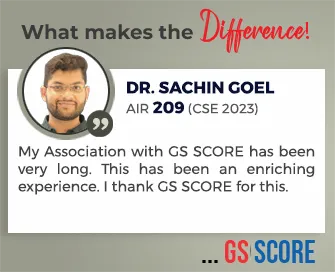

18th June 2025 (6 Topics)
Context
Prime Minister Narendra Modi is participating in the G7 Outreach Summit in Canada (June 2025). During this visit, he is set to hold key bilateral meetings and highlight issues faced by the Global South.
G7 Summit and India’s Diplomatic Outreach
1. India’s Strategic Objectives at G7- Representation of Global South Priorities
- India has consistently raised concerns about how global conflicts (e.g., Ukraine war) disproportionately affect the Global South—particularly through disruptions in food, energy, and fertilizer supply chains.
- PM Modi reiterated India’s commitment to being a voice for these countries, especially in multilateral forums like the G20 and G7.
- Multilateral Engagement Amidst Geopolitical Flux
- India’s role as a bridge between East and West becomes critical amidst evolving alignments (e.g., U.S. interest in expanding G7 into G9 by including Russia and China).
- India’s strategic autonomy enables it to engage with conflicting powers—e.g., holding bilateral meetings with both Ukraine and upcoming with Russia.
- India’s Global Governance Advocacy
- India continues to push for reforms in global governance institutions (UNSC, WTO), positioning itself as a key stakeholder in shaping multipolarity.
- India–Germany & India–Italy Relations
- Discussions expected to focus on green hydrogen, Indo-Pacific cooperation, and enhanced technology transfer.
- Both countries are India’s key defence and trade partners within the EU.
- India–Canada Ties Amid Diplomatic Strain
- Bilateral meeting with PM Trudeau follows recent tensions over allegations of interference and support to extremist elements in Canada.
- India seeks to restore economic diplomacy while safeguarding sovereignty concerns.
- India–Ukraine Engagement
- Meeting with President Zelenskyy comes ahead of Russian President Putin’s proposed visit to India.
- India continues its balancing act—offering humanitarian assistance to Ukraine while maintaining its energy and defence ties with Russia.
- S. Disengagement and Power Rebalancing
- President Trump’s abrupt exit from the summit reflects waning American commitment to multilateralism.
- The proposal to include Russia and China in a possible "G9" shows G7’s crisis of relevance in a rapidly changing world.
- India’s Neutral Stance Amid Geopolitical Polarisation
- India’s non-alignment on Ukraine, participation in both Western-led summits and BRICS, and advocacy for the Global South enhances its credibility as a neutral negotiator.
- Role in Global Economic Resilience
- India’s participation at G7 reaffirms its position as an emerging economic pillar capable of contributing to debt restructuring, climate finance, and resilient supply chains.
Way Forward:
- Institutionalise South-South Cooperation: India can push for institutional mechanisms that formalise Global South’s agenda at platforms like the G7, G20, and BRICS+.
- Promote Multilateral Financial Equity: India must demand fairer climate finance, debt restructuring tools, and access to green technology for developing nations.
- Reinforce Strategic Autonomy: While engaging deeply with the West, India must avoid bloc alignments and continue engaging with Russia and China where interests align.
G7 (Group of Seven)1. Origin and Historical Evolution
2. Nature and Structure
3. Membership Criteria
4. Agenda and Priorities
|
More Articles


